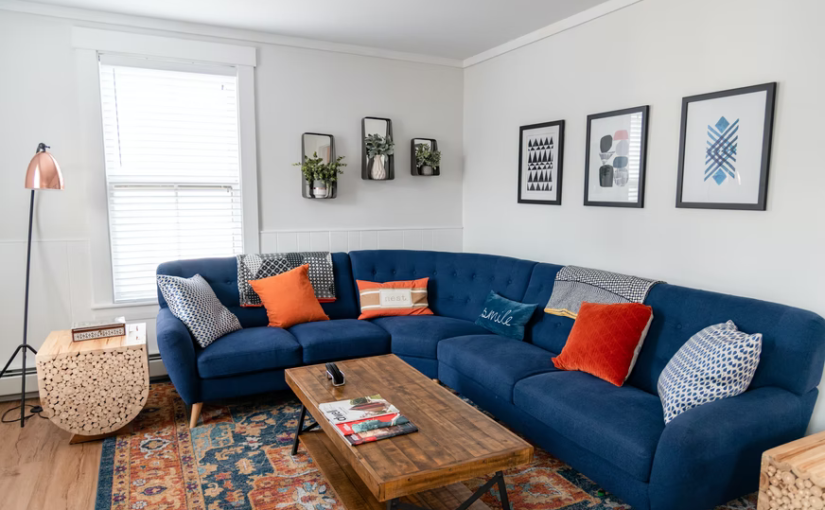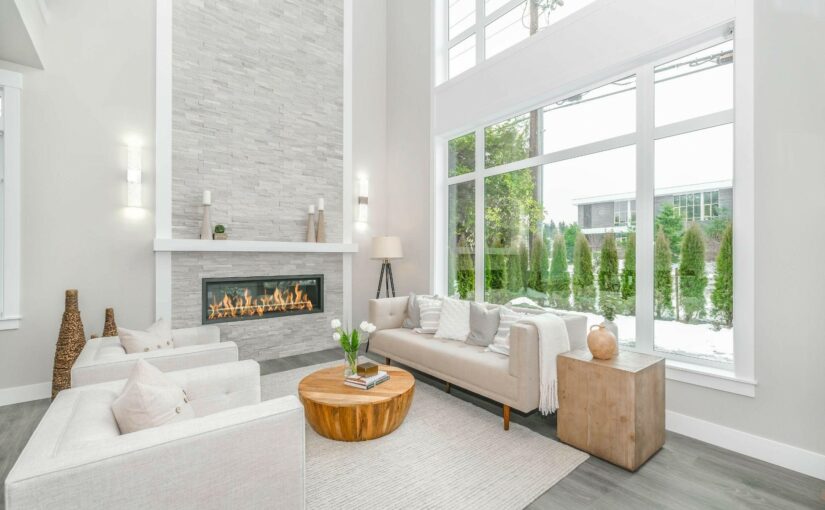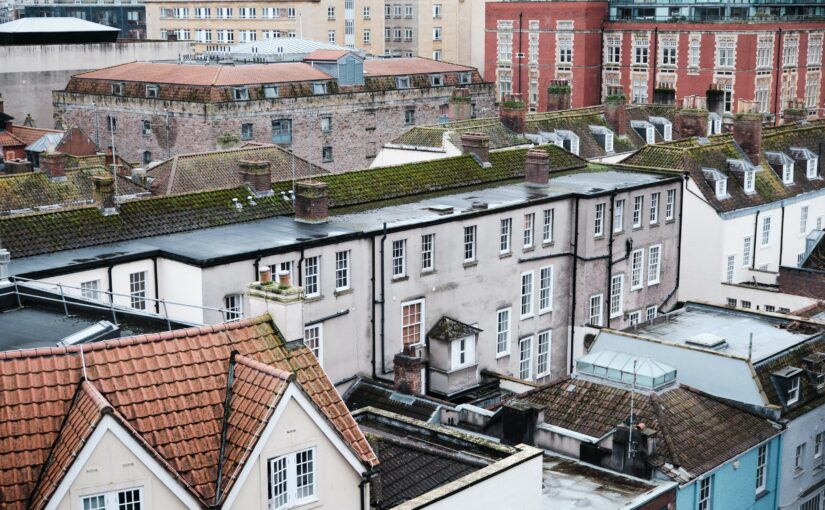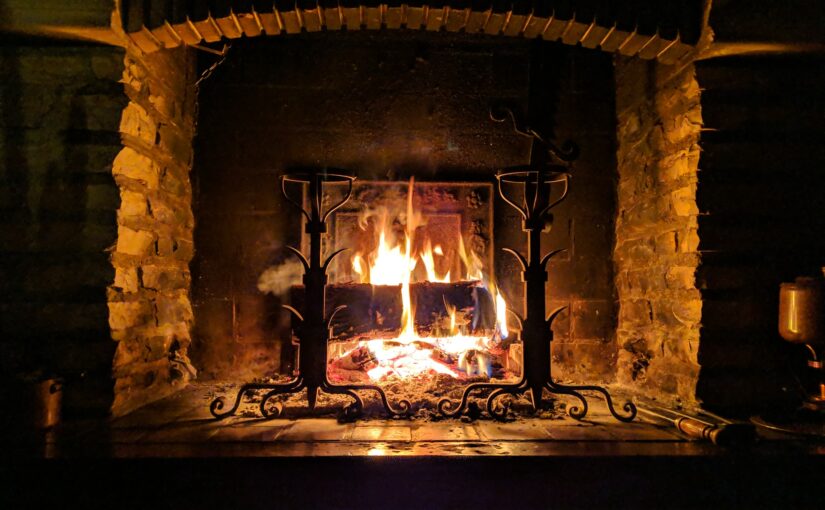Everyone wants a balanced, healthy, and peaceful life. But when it comes to what wellness living actually means, many people get confused about the necessary dos and don’ts. This is why most people feel like falling behind in achieving their goals.
So, to help you get a better idea about what matters and doesn’t, below is a list of things that you would need at some point in your life, if not now.
So, scroll down further, and enjoy!
Your Emotional Health
Wellness living means taking care of every aspect of your life that can significantly affect how you move forward with your daily routine or life as a whole.
Therefore, in our list of the things that should matter the most for you to live better, taking care of your mental health holds a vital position.
The man of present times has become more complicated and busy than ever before.
You are always expected to work too hard, be the epitome of perfectionism and positivity, sort your life as soon as possible, and a lot more.
All of this has the potential of leading you toward a point where you are constantly exhausted, not sure what to do next, or dwelling on some beliefs that someone implanted in you or don’t hold any reasonable value at all, etc., ultimately impacting your mental well-being on a matchless level.
Therefore, regardless of your professional and personal commitments, don’t overlook how you are emotionally or mentally.
This will allow you to recognize your inner self from time to time, providing you with a better perspective of how you should be moving forward to embrace the calmness you deserve.
Financial Management
Your financial position can make or break your wellness living.
Yes, you read that right!
Therefore, to avoid such an inconvenient situation where your finances take a toll on you, try to practice financial management.
This will allow you to be cautious in times like buying a home for the first time and other major decisions of your life.
Muscular Strength
After prioritizing your mental health to make wellness living a reality, your next step should be taking care of your physical health, strength, and needs.
Because after all, it is the two of these – physical and mental – that make you a whole and better human being.
Neglecting bodily vigor would negatively impact mental well-being and vice versa.
Therefore, make a healthy diet and snacking a part of your daily goals, keep your body moving, be it exercise, walking, or planning activities that align with your aspirations, and so on to maintain your muscular strength for now and the foreseeable future.
But one thing that you should keep in mind is first to get to the bottom of your stamina and strength level and the key points that you should be working on.
Once you are well aware of your dos and don’ts, you will automatically start loving and enjoying what you have started instead of feeling it as some kind of obligation or burden on you.
Your Level Of Socializing
When it comes to true human nature, it is impossible for the social animal, aka humankind, to survive without socializing.
In fact, interacting with other people or living beings as a whole and having meaningful connections are what help everyone see the bright side of this life.
Therefore, when someone tells you that socializing is not that important, tell them otherwise because it is a vital part of your wellness living.
Make time for your loved ones, be there when a friend of yours asks you to attend a cool party or get-together, prepare your home on festivities or holidays and invite special guests over to get the most out of special occasions collectively, in short, don’t hold yourself back to opt for an opportunity that brings calmness, joy, and beauty to your life.
A Beautiful Space
One of the most important aspects of wellness living is how you feel about your residential space.
If it makes you feel happy and comfortable, then you are on the safe side. However, if you feel otherwise, then you need to make some positive changes.
It is a natural fact that when you make your home appealing and organized with things that personify the beauty of life and align with your interests as well as needs, you automatically feel relaxed after a hectic day at work.
So, while you work on other important things, be mindful of what kind of changes your space needs and shape them accordingly because home is not a home unless you decorate it with love and warmth.
Bottom Line:
Wellness living will demand effort from every dimension of your life; that’s what makes it perfect for us.
With that being said, if you have got anything to add or suggest, feel free to drop us your precious feedback in the comments section below!















